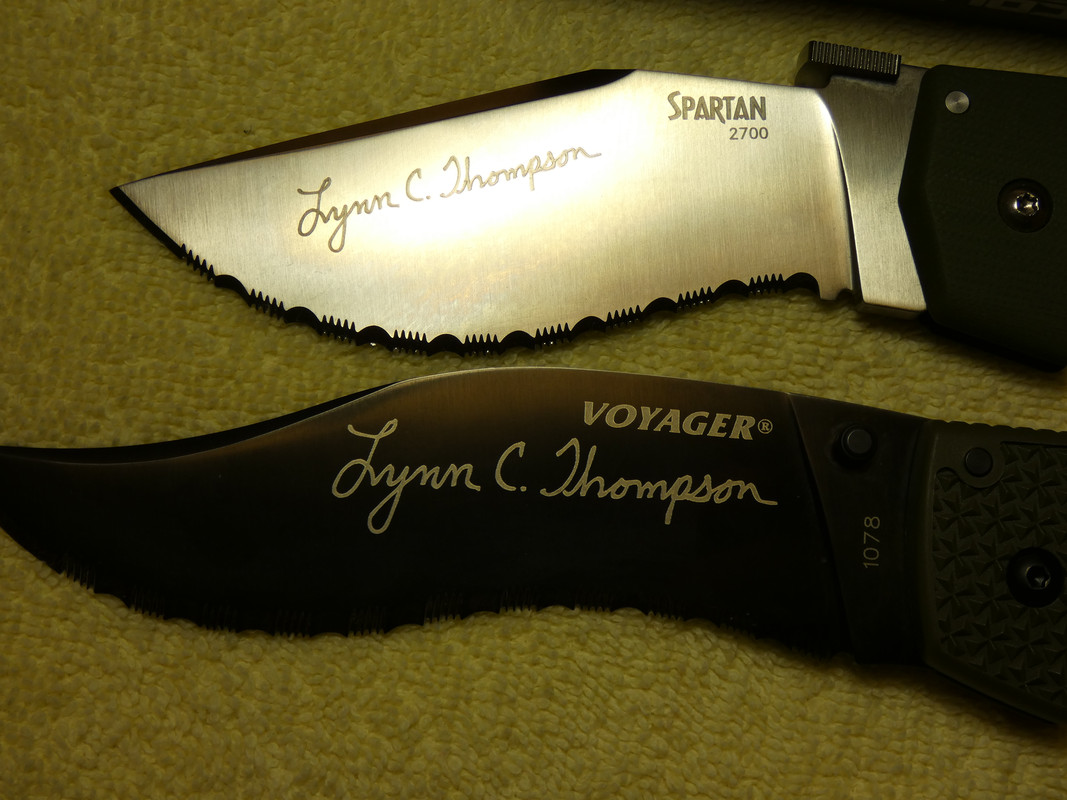20yard
Gold Member
- Joined
- Jan 19, 2024
- Messages
- 122
Some are way better than others, but I'm curious how the bigger production companies put on their factory edges. I imagine a lot of thought goes into how to put on a good edge in a manner that is efficient relative to the rest of the production work flow. Probably a big factor when churning out thousands of knives.
Some of my recent Spyderco purchases, with their remarkably good factory edges compared to others, is what caused me to start thinking about this.
Would appreciate any insight.
Some of my recent Spyderco purchases, with their remarkably good factory edges compared to others, is what caused me to start thinking about this.
Would appreciate any insight.

